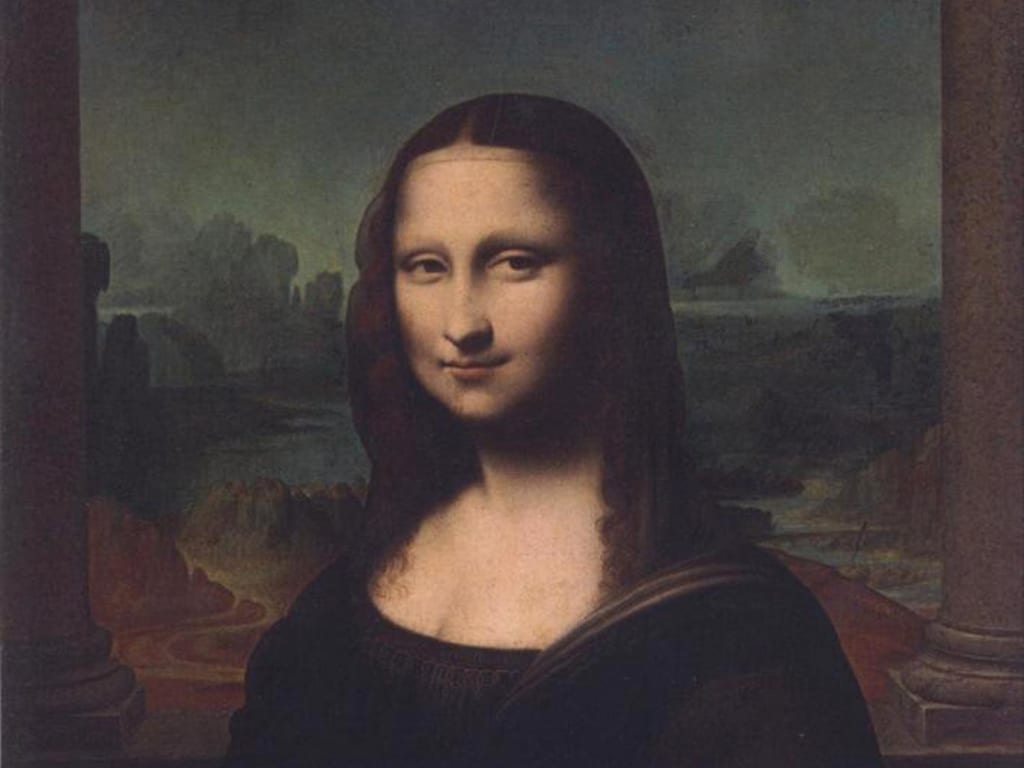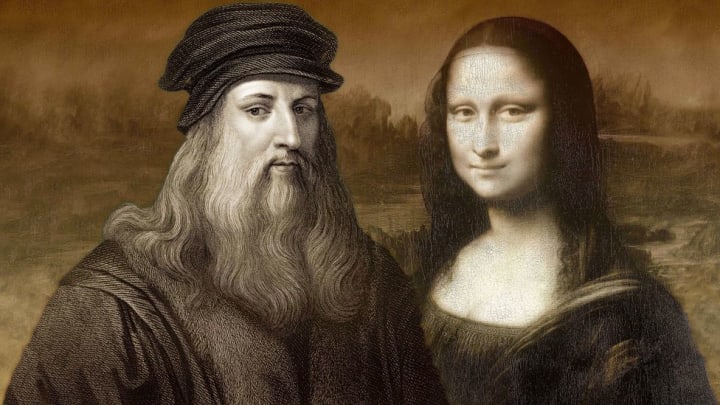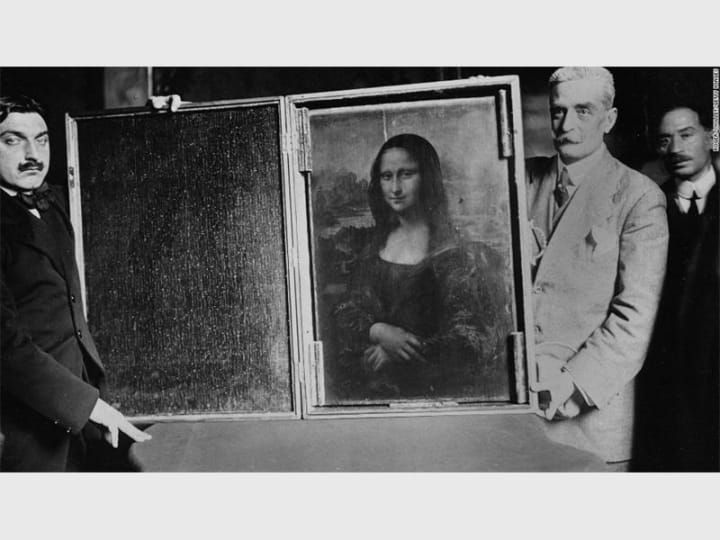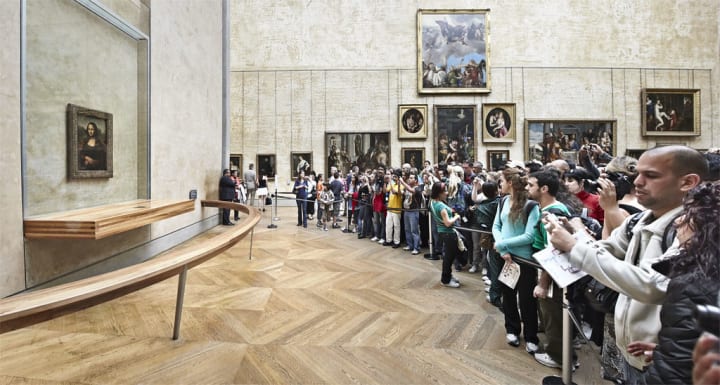WHY IS MONA LISA SO FAMOUS
The history of the most famous painting in the world.

WHY IS MONA LISA SO FAMOUS

As dawn broke over Paris on August 21st, 1911, Vincenzo Peruggia hoisted a painting off the wall and slipped down the back stairs of the Louvre.
He was close to freedom, the exit just before him when he encountered a two-pronged problem: the door was locked, and footsteps were approaching. Tucked under Peruggia’s arm was Leonardo da Vinci’s “Mona Lisa.”
It's arguably the world's most famous painting today. But how did it achieve its status? Leonardo is thought to have started the portrait in 1503 at the request of a Florentine businessman who wanted a portrait of his wife, Lisa Gherardini.

Leonardo continued working on the painting for more than 10 years, but it was unfinished by the time he died. Over his lifetime, Leonardo conducted groundbreaking studies on human optics, which led him to pioneer certain artistic techniques.
Some can be seen in the “Mona Lisa.” Using “atmospheric perspective,” he made images at greater distances hazier, producing the illusion of profound depth. And with “sfumato,” he created subtle gradations between colors that softened the edges of the forms he depicted.

All of this is striking, but is it enough to make the “Mona Lisa” the world’s most famous painting? Many scholars consider it an outstanding Renaissance portrait— but one among plenty. And history is full of great paintings.

Indeed, the “Mona Lisa’s” rise to worldwide fame depended largely on factors beyond the canvas. King François the First of France purchased the painting and began displaying it after Leonardo’s death. Then, in 1550, Italian scholar Giorgio Vasari published a popular biography of Italian Renaissance artists, Leonardo included. The book was translated and distributed widely, and it contained a gushing description of the “Mona Lisa” as a hypnotic imitation of life.

Over the years, the “Mona Lisa” became one of the most enviable pieces in the French Royal Collection. It hung in Napoleon’s bedroom and eventually went on public display in the Louvre Museum. There, visitors flocked to see the once-private treasures of the deposed aristocracy.
During the 1800s, a series of European scholars further hyped the “Mona Lisa” up, fixating to a conspicuous degree on the subject's allure.

In 1854, Alfred Dumesnil said that Mona Lisa’s smile imparted a “treacherous attraction.” A year later, Théophile Gautier wrote of her “mocking lips” and “gaze promising unknown pleasures.” And in 1869, Walter Pater described Mona Lisa as the embodiment of timeless feminine beauty.

By the 20th century, the portrait was an iconic piece in one of the world’s most famous museums. But the “Mona Lisa” wasn’t yet a household name. It was Peruggia’s 1911 heist that helped it skyrocket to unprecedented fame. Having been contracted to make protective cases for the Louvre, it wasn’t totally inconceivable for Peruggia to be locked inside the museum. And, lucky for him, when a workman encountered him in the stairwell, he simply helped Peruggia open the door and let him walk out into the morning.

The theft made international headlines. People gathered to see the blank space where the “Mona Lisa” once hung. The police interviewed Peruggia because he had worked at the Louvre, but they never considered him a suspect. Meanwhile, they interrogated Pablo Picasso because of his connection to a previous Louvre theft, but eventually let him go.
For two years, Peruggia kept the painting in a false-bottom suitcase, then smuggled the “Mona Lisa” to Italy and arranged to sell it to a Florentine art dealer. Peruggia saw himself as an Italian patriot returning an old master’s work. But instead of being celebrated as such, he was immediately arrested. With the mystery solved, the “Mona Lisa” went back on display to large crowds, and newspapers took the story for a victory lap.


In the following decades, conceptual artist Marcel Duchamp mocked it; Nazi art thieves pursued it; Nat King Cole sang about it; and museumgoers wielding stones, paint, acid, and teacups attacked it.

More than 500 years after its creation— eyebrows and eyelashes long since faded— the “Mona Lisa” is protected by a bulletproof, earthquake-safe case. Now, it stands perhaps less as an exemplary Renaissance portrait and more as a testament to how we create and maintain celebrity.
About the Creator
AMAOZODI TIMOTHY
GREATNESS HAS A COST






Comments (1)
Loved reading about Mona Lisa. Just to let you know I have included your story in my latest roundup. Hope that's okay https://vocal.media/art/art-for-our-sake-three